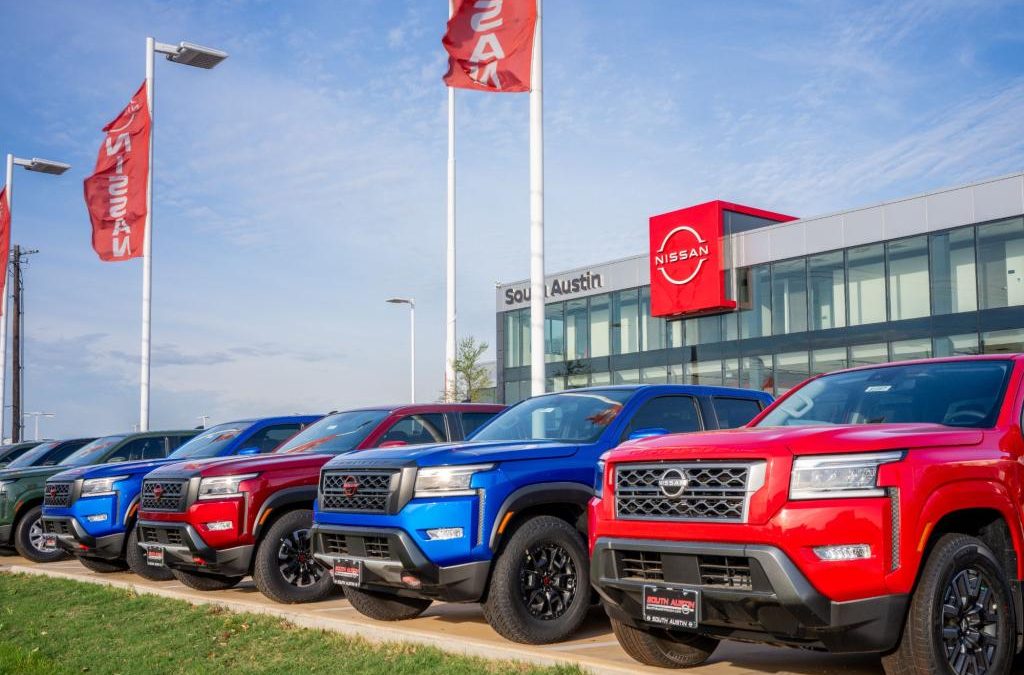Nissan laid out plans for 30 new vehicles by 2026 — 16 of which will be electric as demand for the battery-powered vehicles has revved up in recent months.
The Japanese automaker announced Monday that seven all-new models will be reserved for the US and Canada alone, though it wasn’t immediately clear how many of those forthcoming vehicles would be fully electric.
Nissan also teased in its press release that the Americas will be getting “e-POWER and plug-in hybrid models,” which use a mix of electricity and fuel for power.
As it stands, Nissan’s only entirely electric offerings are the Ariya SUV and the Leaf, which have starting price tags of $43,190 and $28,140, respectively.
Nissan’s further foray into manufacturing electric vehicles comes after the firm said in 2021 that it would make 23 EVs by 2030 — 15 of which would be fully electric rather than hybrid, which still uses internal combustion, according to The Verge.
It’s unclear if Nissan’s latest announcement expands upon its 2021 plans.
At the time, the auto giant also said that 50% of its vehicles would be “electrified” by the end of the decade. Monday’s announcement upped that projection to 60%.
Representatives for Nissan did not immediately respond to The Post’s request for comment.
Nissan’s push for more EV offerings come as demand for the high-tech vehicles has picked up after a lull in sales.

A record 317,000 EVs were sold in the fourth quarter of 2023 — up 40% from the same period in 2022, NBC reported, citing data from Cox Automotive.
In recent years, automakers have invested billions into EVs, spurred by green incentives put into place by President Joe Biden’s administration, according to NBC.
Most recently, Biden cracked down on gas cars with a new Environmental Protection Agency rule meant to ensure more than two-thirds of passenger cars and light trucks sold by 2032 are electric or hybrid vehicles.
The EPA rule imposes strict limits on tailpipe pollution, limits the agency says can be met if 56% of new vehicles sold in the US are electric by eight years from now, along with 13% that are plug-in hybrids or other partially electric cars.
That would be a huge increase over current EV sales, which rose to 7.6% of new vehicle sales last year, up from 5.8% in 2022.
The EPA announcement also mentioned that the rule is separate from, but aligned with, the Biden administration’s stated 2021 goal of having 50% of all new US vehicles sold in 2030 be zero-emission.
Source




